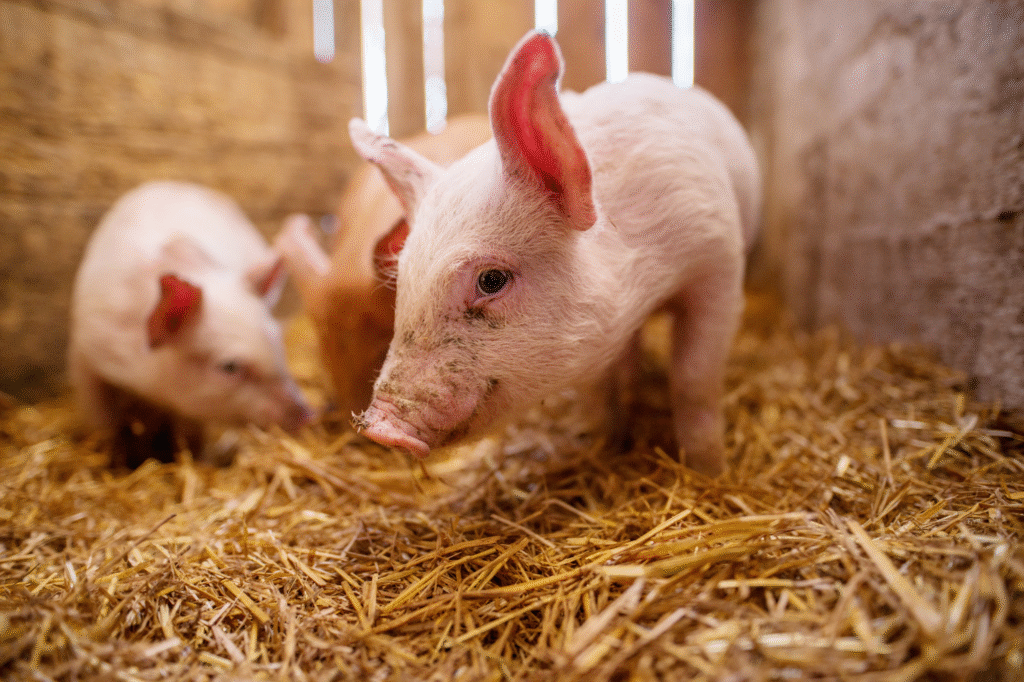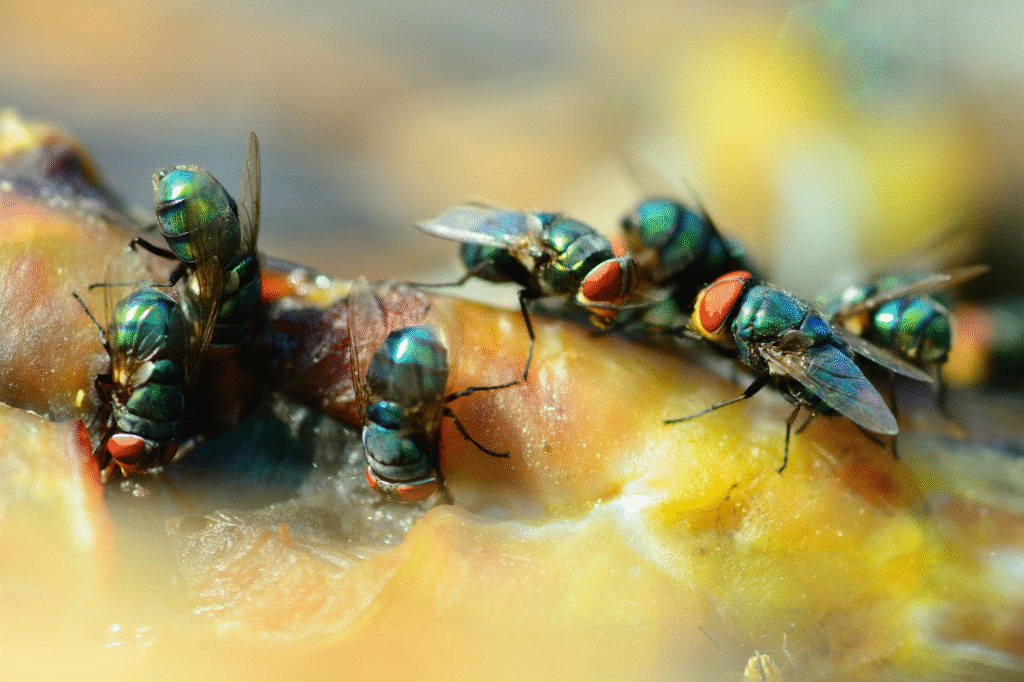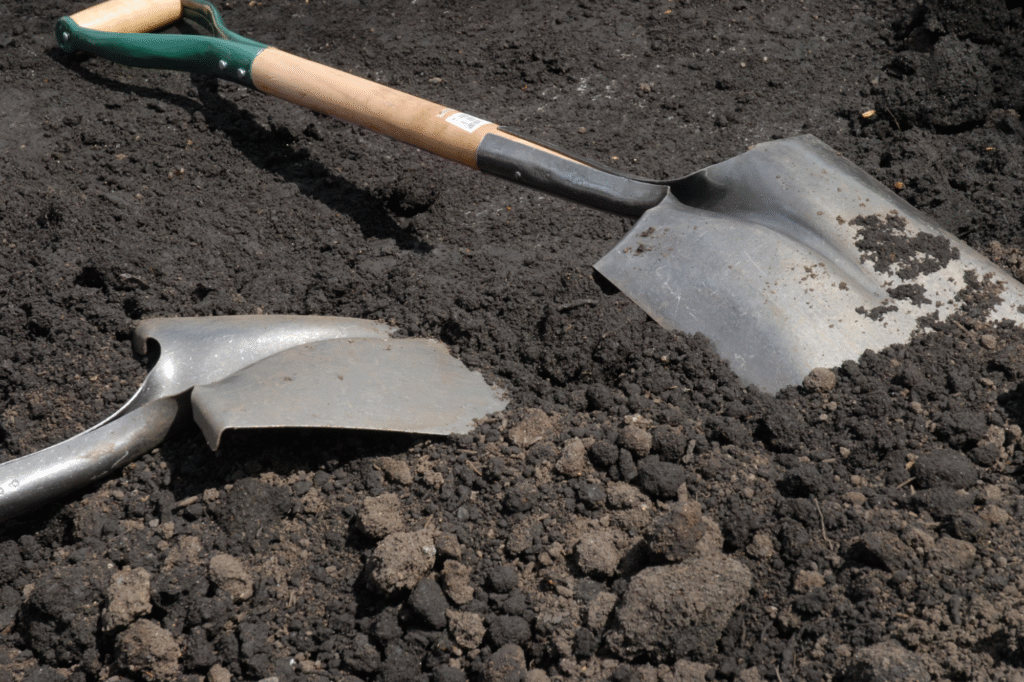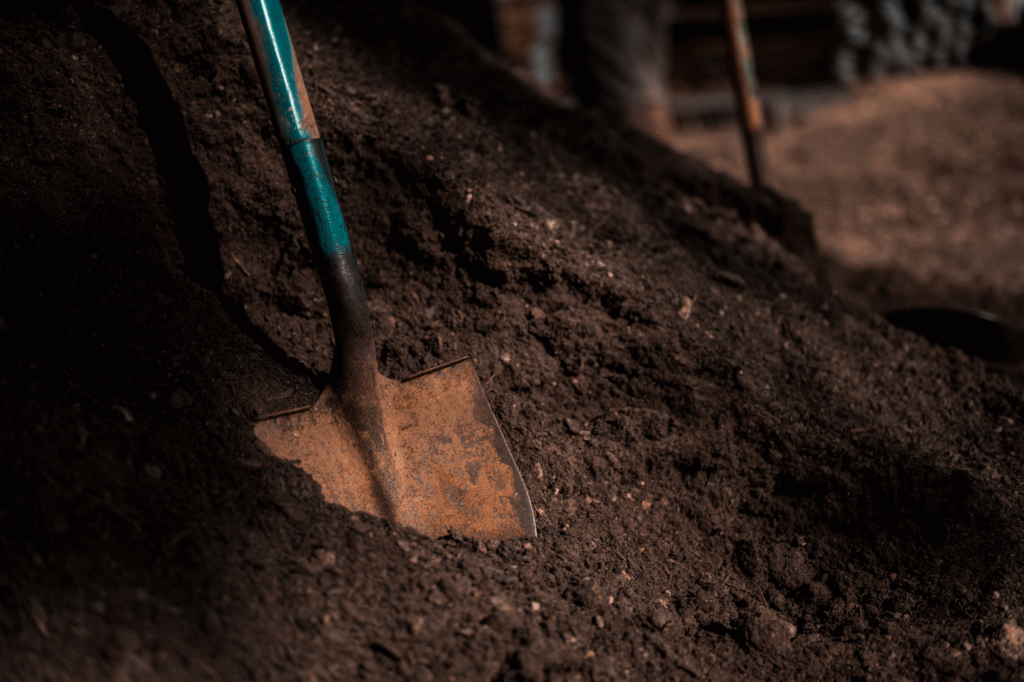Forensics experts are testing crime theories with pigs in clothes.

Cartel violence in Mexico has left thousands missing, with families desperate for answers. Scientists are taking unusual approaches to solve these disappearances, including burying clothed pig carcasses to study how bodies decompose under cartel-style conditions. It sounds grim, but it’s giving investigators clues about where and how to search for victims. This work blends forensic science with real-world crime, and it’s changing how teams approach one of the world’s most urgent humanitarian crises.
1. Dressed pigs mimic how cartel victims are often found.

Cartel victims are frequently buried in shallow graves and left clothed, making decomposition patterns different from naked remains. According to research from Mexico’s National Institute of Forensic Sciences, clothing affects how bodies break down, trapping moisture and altering insect activity. Using pigs instead of humans is common in forensic studies because their anatomy and fat distribution are similar enough to replicate key stages of human decay.
These pig studies help investigators understand how long bodies have been buried and how clothing changes the speed and manner of decomposition. It’s not morbid curiosity—it’s practical science that improves how searches are conducted. Families waiting for answers benefit because these experiments allow forensic teams to pinpoint areas where remains are likely to be and estimate time of death more accurately.
2. Soil chemistry tells investigators where to search next.

Buried bodies change the soil around them. As stated by a University of Veracruz forensic project, decomposing remains release nitrogen, phosphates, and other compounds that alter local chemistry. When clothing is involved, it traps fluids differently, creating distinct soil signatures. Studying how pigs affect the soil in Mexico’s unique climate helps investigators know what signs to look for during field searches.
Teams can use this data to train dogs and detection tools to find graves that might otherwise go unnoticed. The work also teaches crews how to differentiate between old burial sites and fresh ones, an important detail when investigating recent cartel crimes versus historic cases. This saves critical time and ensures fewer graves are overlooked.
3. Insect activity reveals timelines even when other clues fail.

Forensic entomologists study the bugs that colonize buried bodies because insects are highly predictable in how and when they appear. As discovered by Mexican forensic entomology researchers, clothing changes which insects can access a body and when. Pigs dressed like human victims show how insects behave in scenarios similar to cartel burials.
These findings allow investigators to estimate how long someone has been buried when more obvious evidence is gone. Bugs are often the only reliable clock left, especially in Mexico’s varied climates where decomposition can happen fast. By perfecting these timelines with pig studies, forensic teams improve their ability to give families accurate answers after years of uncertainty.
4. Different burial depths create different evidence.

Cartels bury victims at varying depths, sometimes hurriedly in shallow pits and other times deep to avoid discovery. These differences affect how fast bodies decompose and how easily evidence is detected. Pigs give researchers a way to test each scenario safely without using human remains.
The resulting data shows how soil collapses differently depending on depth and clothing, helping search crews recognize subtle surface changes that indicate a grave. These findings improve how drone and ground-penetrating radar searches are conducted, which is vital for locating victims in remote or heavily forested areas.
5. Heat and humidity in Mexico speed up changes.

Mexico’s climate varies from arid deserts to tropical forests, and both extremes influence how bodies decay. Dressed pigs allow scientists to measure how clothing reacts to heat, trapping moisture and increasing bacterial activity that speeds decomposition.
This research also highlights how insects and scavengers behave differently in hot versus humid areas, knowledge crucial for investigators working across multiple regions. Without these tests, predictions would rely on data from other countries with different environmental conditions, making searches less accurate.
6. Narco graves are often rushed and poorly hidden.

Unlike organized cemetery burials, cartel graves are often shallow and covered with loose debris. Pig studies recreate these scenarios to understand how rushed burials impact soil stability and decomposition timelines.
The findings help search teams identify quick-burial signs even months later, like uneven earth or unusual plant growth caused by rapid body breakdown. It gives investigators an advantage because rushed sites, once understood scientifically, stand out more during field sweeps.
7. Technology learns faster when researchers feed it real data.

Modern search efforts use drones, ground radar, and AI-assisted imaging to find unmarked graves. These tools need accurate baseline data to identify anomalies. Pig burial experiments provide exactly that, allowing technology to “learn” what to look for in real cartel scenarios.
Without accurate local data, machines can mistake harmless soil disturbances for graves or miss subtle signs altogether. These studies shorten search times and improve success rates, giving families answers faster than ever before.
8. Families finally get answers they’ve been waiting years to hear.

At the heart of this science are families who have spent years searching for missing loved ones. Every pig burial experiment is designed to reduce that wait, giving searchers the tools and knowledge to find graves faster and identify victims sooner.
It’s an unusual, even unsettling method, but one driven by compassion and necessity. These pigs aren’t experiments in isolation—they’re a bridge to closure for families who have been living in uncertainty, showing how science, no matter how unconventional, can meet humanity’s deepest needs.
